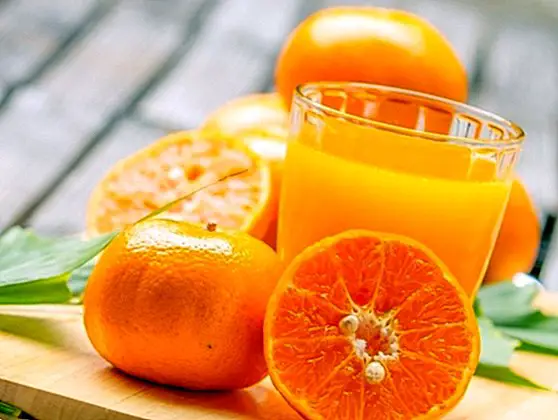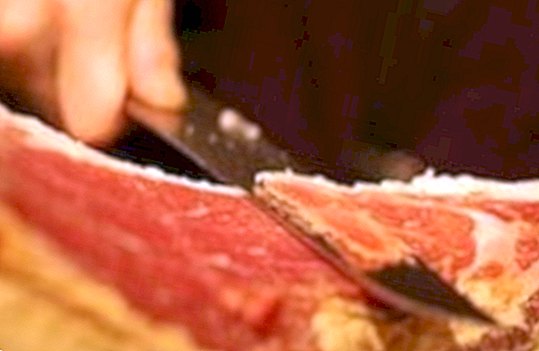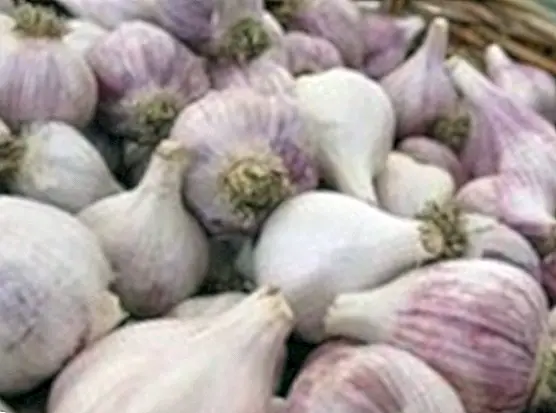Cysteine: non-essential amino acids
 The amino acids They are essential essential nutrients for our body. Our body is able to synthesize only one group of amino acids (finding them in large concentrations in organs or in other parts of the body), so that the way to contribute the other group of amino acids can be only through the daily diet.
The amino acids They are essential essential nutrients for our body. Our body is able to synthesize only one group of amino acids (finding them in large concentrations in organs or in other parts of the body), so that the way to contribute the other group of amino acids can be only through the daily diet.
Amino acids are divided into essential amino acids and non-essential amino acids. In this sense, the essential amino acids are precisely what our body can not synthesize by itself and we must provide them through the diet. While the non-essential amino acids are those that can be synthesized.
The cysteine It is a less known non-essential amino acid, unlike most other popular ones like arginine or glutamine. It is also known by the name of Cys.
What is cysteine?
As indicated briefly in the previous lines, the cysteine it is a non-essential amino acid (that is, it is an amino acid that our organism is capable of synthesizing by itself), which needs methionine for its manufacture; that is, as long as there is enough methionine our body can manufacture it.
It usually acts in conjunction with another amino acid, called cystine, which is actually created with two cysteines.
Functions of cysteine
- It acts as an antioxidant.
- Protects the body against radiation damage.
- Protects both the liver and the brain from the action of different toxins.
- Promotes recovery from surgery or burns.
- It helps burn fat.
- Participate in the formation of muscles.
Benefits of cysteine for health
As we have indicated in the section dedicated to functions of cysteine, we are faced with a non-essential amino acid that needs methionine for its manufacture.
It is an essential nutrient that acts as an antioxidant, protecting our body against radiation damage, and protecting both the liver and the brain from damage caused by certain toxins (such as toxic compounds of cigarettes, alcohol or drugs).
Recently it has been discovered that it can be an interesting nutrient in the treatment of obesity, since it promotes the burning of fats.
In addition, it participates in the formation of muscles and delays aging.
Where to find cysteine?
Here are some foods that are richer in cysteine:
- Food of animal origin: meats, fish, eggs, dairy products and derivatives.
- Plant-based foods: legumes, vegetables and greens, cereals, seeds and nuts.
Image | Ruocaled This article is published for informational purposes only. You can not and should not replace the consultation with a Nutritionist. We advise you to consult your trusted Nutritionist. ThemesAmino acids



